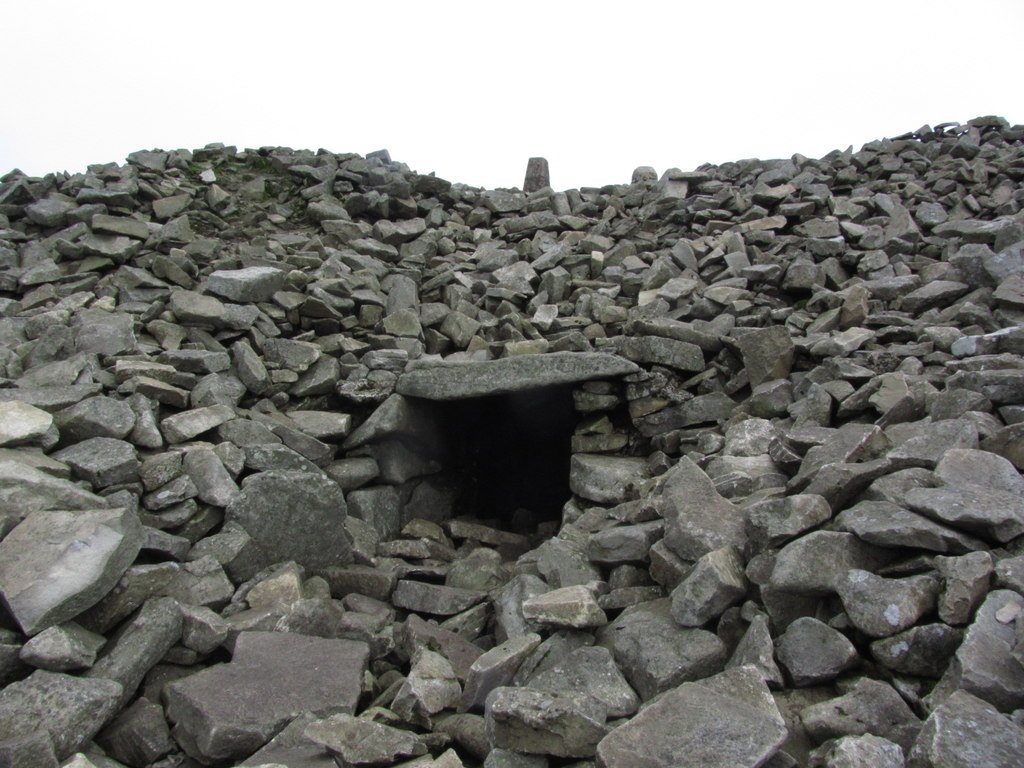Mystery, myth, and marvel all converge atop the brooding slopes of Slieve Gullion. Imagine standing on this windswept mountain in County Armagh, Northern Ireland, as icy gusts swirl around you. The land stretches for miles, wild and beautiful, and at the summit sits an ancient structure older than the pyramids—the Slieve Gullion Passage Tomb. But here’s the question that grabs the imagination of archaeologists and dreamers alike: was this tomb designed with the cosmos in mind, specifically to track the fleeting light of the winter solstice? Let’s step inside the shadows of history and science, and see what secrets this mysterious monument might be hiding.
The Dramatic Setting of Slieve Gullion
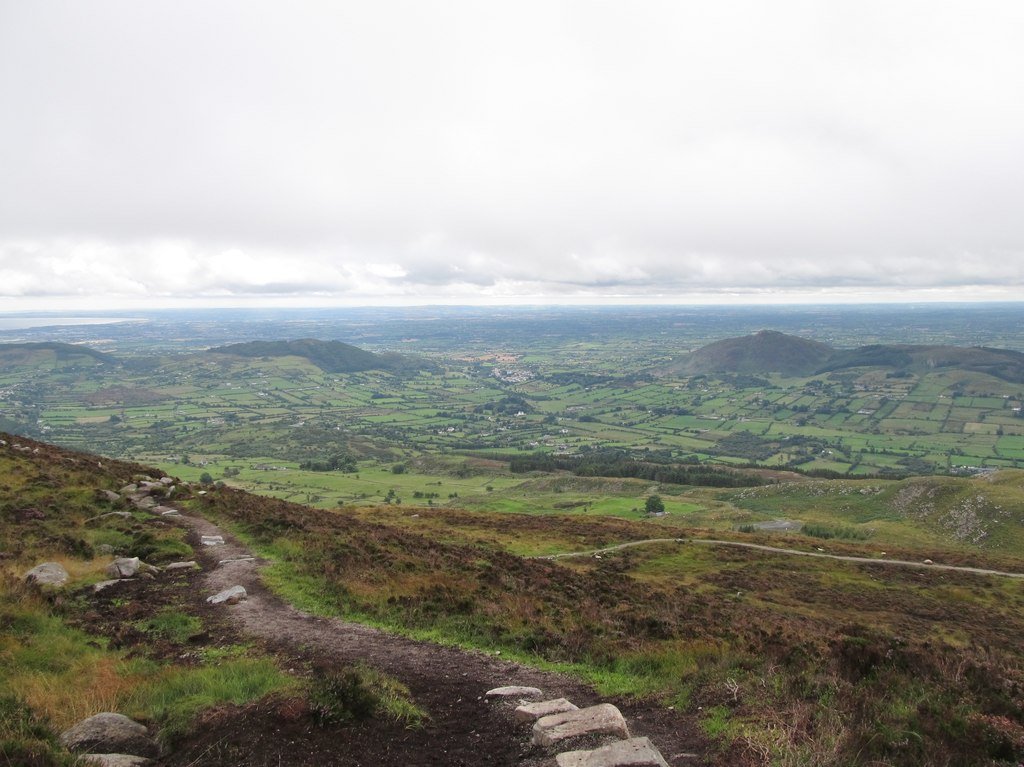
Perched high above the emerald countryside, Slieve Gullion’s summit offers sweeping views that inspire awe even today. The mountain itself is steeped in legend, often cloaked in mist, and has been a place of pilgrimage for centuries. The passage tomb sits like a crown on the mountain’s peak, cut off from the world below. This dramatic location isn’t just picturesque—it suggests that the builders wanted the tomb to be noticed, to stand apart both spiritually and physically. The elevation is so commanding that you can almost feel the echoes of ancient rituals in the air.
What Exactly Is a Passage Tomb?
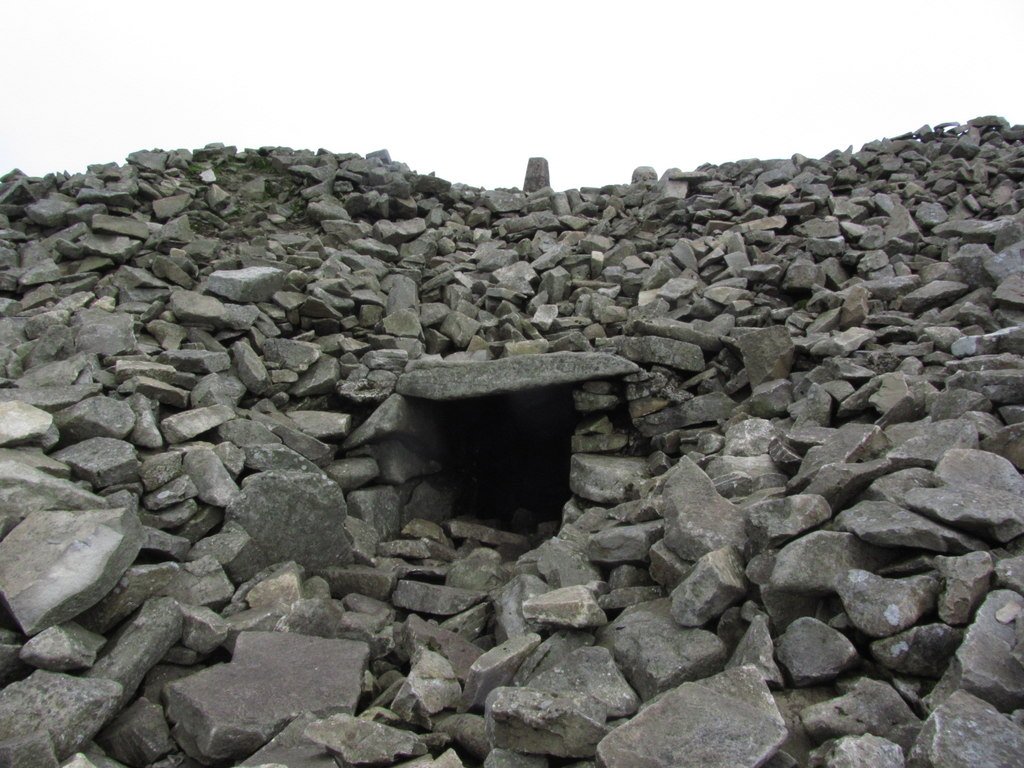
A passage tomb is a kind of ancient burial site, made from massive stone slabs arranged to form a corridor leading to a central chamber. These tombs date back to the Neolithic period, roughly 5,000 years ago. Imagine dragging multi-ton stones up a mountain without modern machinery—that alone hints at a powerful purpose. These tombs are more than graves; they’re architectural statements, often aligned with celestial events. The Slieve Gullion tomb is one of the finest examples of this prehistoric ingenuity.
Unraveling the Architecture

The Slieve Gullion Passage Tomb is a marvel of early engineering. Its entrance is narrow, leading into a dark, stone-lined passage that opens into a central chamber. The stones are carefully fitted, and the passage is oriented in a particular direction. Such precision begs the question: was this alignment deliberate? The roof is corbelled, creating a beehive shape that’s both sturdy and visually striking. Every stone seems to carry intention, each placement possibly tied to rituals lost in time.
The Winter Solstice Mystery

One of the most enchanting theories about Slieve Gullion’s passage tomb is its possible connection to the winter solstice—the shortest day and longest night of the year. During this pivotal time, the sun rises and sets at its most southern points. In many ancient cultures, the winter solstice was a time of renewal and hope, marking the return of longer days. Some researchers believe that the tomb’s passage is aligned so that the rays of the rising or setting sun at the solstice penetrate the chamber, illuminating its dark interior in a moment of cosmic drama.
Comparisons to Newgrange
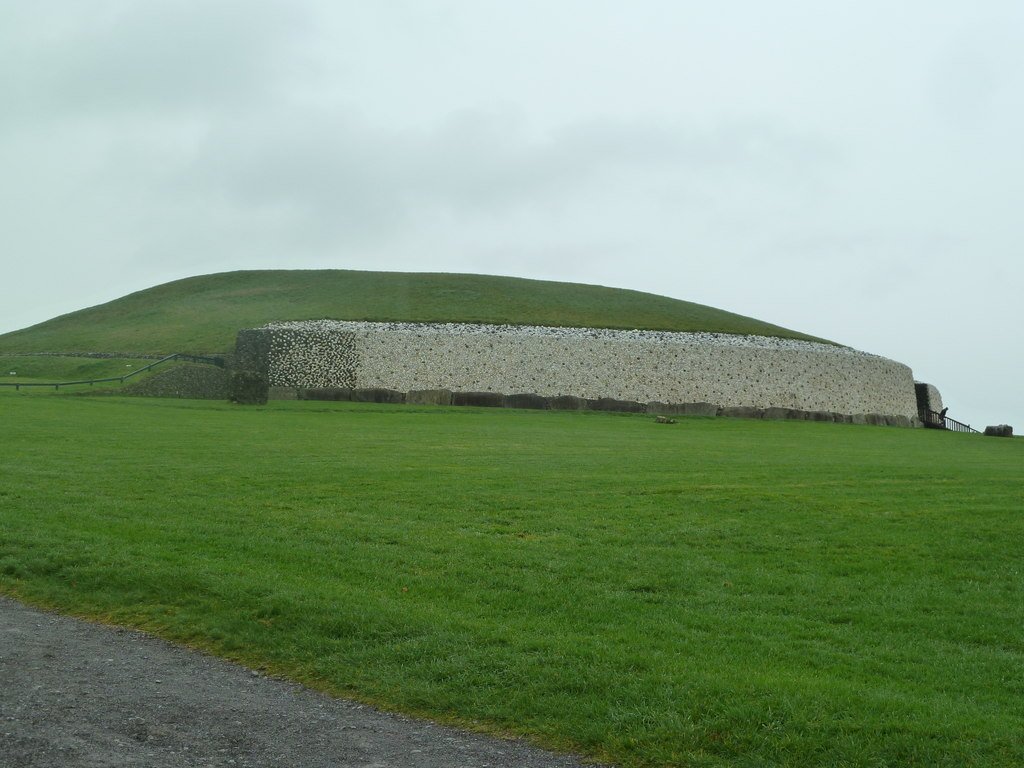
Ireland’s Newgrange tomb is world-famous for its winter solstice alignment. Each year, sunlight floods its passage and chamber at dawn on the solstice—a spectacle that draws crowds and media attention. The similarities between Slieve Gullion and Newgrange are striking. Both are passage tombs, both date from the same period, and both show signs of astronomical alignment. This comparison has fueled speculation that Slieve Gullion, too, was designed as a solar calendar, connecting the dead to the eternal cycles of the sun.
Scientific Investigations and Surveys

Modern technology has brought new insights to ancient mysteries. Archaeologists have used everything from GPS to laser scanning to measure Slieve Gullion’s passage tomb with incredible accuracy. These surveys have revealed that the passage points towards the setting sun around the winter solstice. While the alignment isn’t as precise as Newgrange, it’s close enough to suggest intentional design. However, erosion and structural changes over thousands of years make it hard to be absolutely certain.
Rituals and Ancient Beliefs

Why would ancient people go to such trouble to align a tomb with the sun? In Neolithic societies, the sun was more than a source of light—it was a symbol of life, death, and rebirth. Aligning a tomb with the winter solstice could have been a way to harness this powerful symbolism, ensuring that the spirits of the dead were reborn with the returning sun. It’s a poetic idea: the darkness of the tomb pierced by the light of a new season, a metaphor for hope and continuity.
Slieve Gullion in Local Mythology
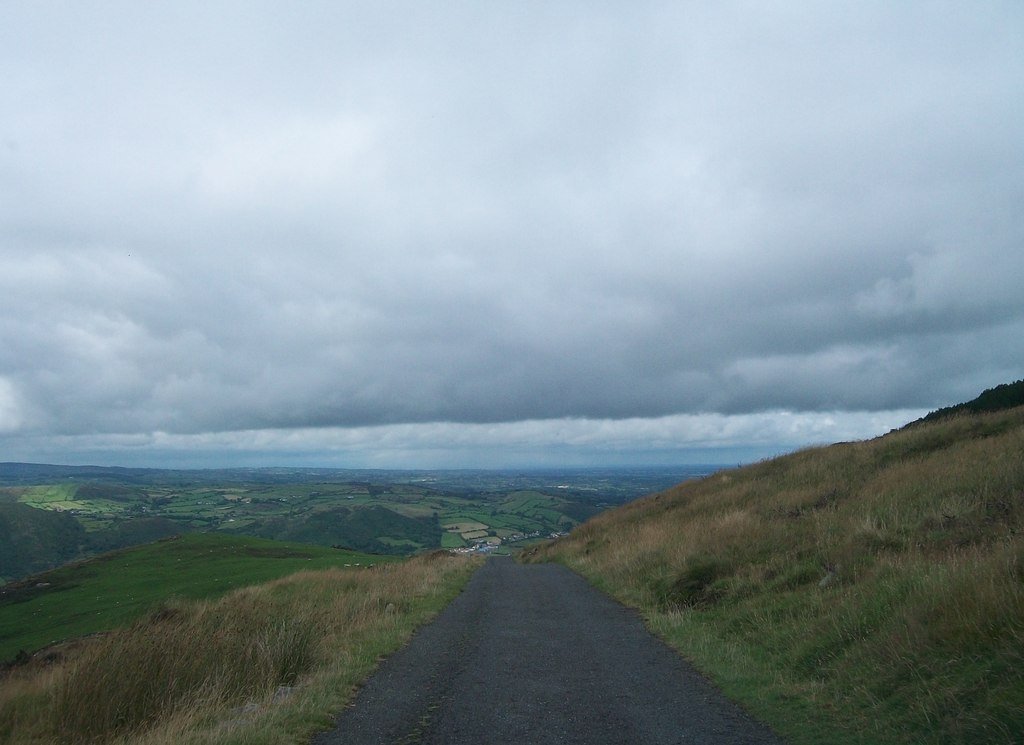
Slieve Gullion isn’t just a place of stones and science. It’s woven into the mythology of Ireland. Legends speak of the warrior Cú Chulainn and the sorceress Milucra, whose stories are tied to the mountain’s slopes. The passage tomb itself is sometimes called the “Calliagh Berra’s House,” after a supernatural hag from Irish folklore. This blending of myth and monument adds an emotional layer, making the tomb feel like a bridge between worlds—past and present, real and imagined.
Archaeological Finds Within the Tomb
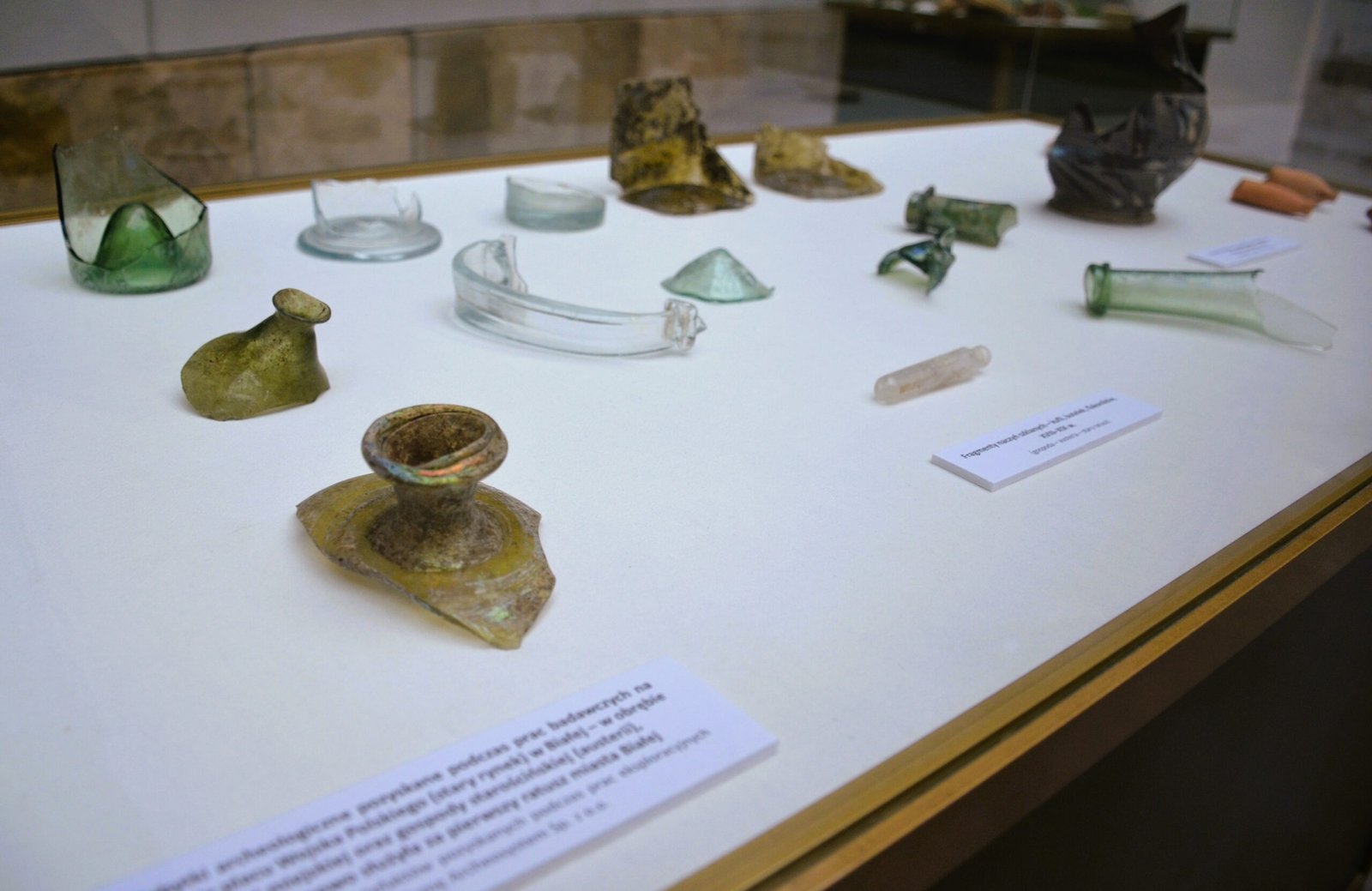
Inside the passage tomb, archaeologists have uncovered a treasure trove of artifacts: pottery shards, stone tools, and even human bones. These finds provide glimpses into the lives and beliefs of the tomb’s builders. Some of the objects are decorated with mysterious patterns, possibly marking out solar or lunar cycles. Each item tells a story, whispering secrets from a time when the line between science and spirituality was beautifully blurred.
The Challenges of Interpretation

Interpreting ancient monuments is a bit like solving a puzzle with missing pieces. Centuries of weathering, human interference, and natural disasters have altered the tomb. Stones may have shifted, alignments may have changed, and original features may have been lost forever. Archaeologists must rely on a mix of physical evidence, educated guesswork, and sometimes a dash of imagination. It’s a humbling reminder of how much we still don’t know about our ancestors’ intentions.
Cosmic Connections: Astronomy and the Ancients

The idea of ancient people tracking the sun and stars isn’t as far-fetched as it might sound. Across the globe, monuments like Stonehenge and the Pyramids of Giza show sophisticated knowledge of astronomy. By aligning tombs and temples with celestial events, early societies could mark time, honor the gods, and connect their lives to the greater universe. Slieve Gullion may be part of this grand tradition—a silent stone witness to humanity’s enduring fascination with the sky.
Modern-Day Pilgrimages

Today, Slieve Gullion continues to draw visitors from around the world. Some come for the breathtaking views, others for spiritual reflection, and many for the thrill of standing inside an ancient mystery. During the winter solstice, small groups sometimes gather to see if the sun’s rays will once again pierce the passage. These modern pilgrimages echo the rituals of the past, keeping the tomb’s secrets alive in the collective imagination.
Environmental Impact Over Millennia

The environment atop Slieve Gullion is harsh and ever-changing. Fierce winds, driving rain, and the relentless march of time have all taken their toll on the passage tomb. Erosion has worn away many features, and vegetation periodically threatens to overrun the stones. Despite these challenges, the tomb endures—a testament to the skill and determination of its builders. Its survival is a reminder that nature and human culture are forever entwined.
Conservation and Preservation Efforts

Preserving ancient sites like Slieve Gullion is no easy task. Conservationists must balance public access with the need to protect fragile structures. Recent years have seen new efforts to monitor and maintain the tomb, using both traditional techniques and cutting-edge technology. These efforts are crucial—not just for historians and archaeologists, but for anyone who values the legacy of our shared human story.
Slieve Gullion’s Place in the Global Story

While Slieve Gullion is unique, its story echoes those of other ancient monuments worldwide. From the Americas to Asia, people have always sought to anchor their lives in the rhythms of nature. The passage tomb is a local expression of a universal impulse: to reach for meaning in the cycles of the earth and sky. It reminds us that, across thousands of miles and years, we are all linked by our search for connection and understanding.
The Ongoing Allure of Ancient Mysteries

There is something undeniably magical about standing inside a place built five millennia ago, watching the play of sunlight and shadow. Even as science offers new answers, the passage tomb continues to spark wonder and debate. Was it a burial chamber, an astronomical observatory, or both? The truth may be forever out of reach, but the question itself draws us in, inviting us to imagine, to explore, and to marvel at the ingenuity of those who came before.
A Legacy Carved in Stone and Light

Slieve Gullion’s passage tomb stands as both riddle and revelation, a silent witness to a bygone era. Whether it was truly designed to track the winter solstice or not, its very presence challenges us to look up, to wonder, and to cherish the mysteries that connect us all. What ancient secrets would you hope to discover if you could step inside that timeless chamber?

